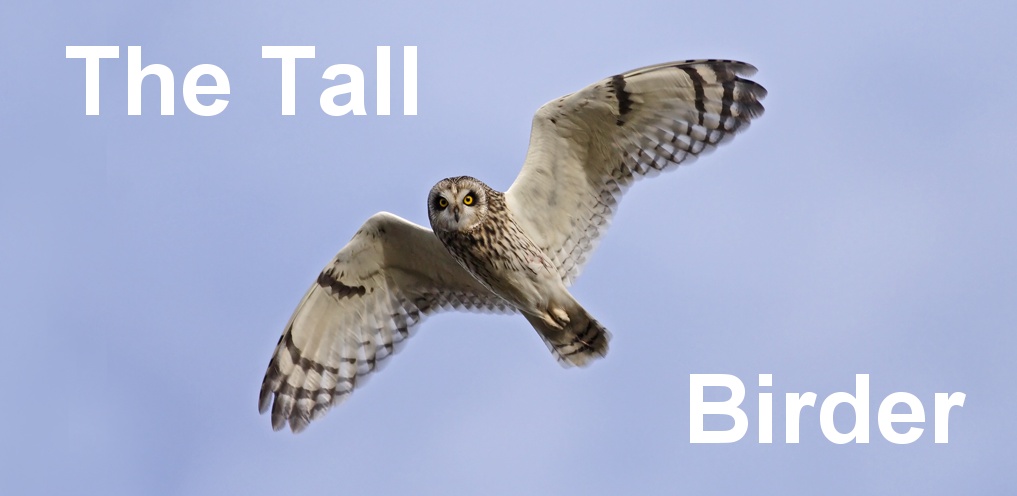With the splendid weather today, it seemed worth visiting various sites in the county for both birds and dragonflies.
Otmoor
Attracted by the superb recent photos on the Oxon Bird Log of juv Cuckoo, I thought it would be worth starting here. Unfortunately (as so often happens to me on Otmoor), there was no sign of my target, although others including Mark Chivers had reportedly had distant glimpses of one along the bridleway much earlier. One had also been heard near to the first screen but I found nothing there as well. The first screen also seemed quiet with only a few distant
Mandarins, so I didn't stay very long.
At least as I returned the dragonflies had started to get going, with several
Brown Hawkers, one glimpse of a probably
Southern Hawker and both
Common &
Ruddy Darters. Along the Roman Road there were some serious
Brown Hairstreak seekers and one brief view of their target in flight. However I left them to it, having previous photos of this charismatic butterfly.
Tar Lakes
This site is developed and managed by the excellent Lower Windrush Valley Project, like the adjacent Rushey Common and also nearby Pit 60. The car parking is at Rushey Common. Unlike these other reserves, the general public has free access to Tar Lakes which is of course a boon for dragonfly watchers but there is the inevitable downside of disturbance from dog walkers and their charges.
It is a site that looks good for Small red-eyed Damselfly on the floating vegetation around the edge of the first lake. However as last year, all I could find were a few
Red-eyes at the entrance end and none further on. There were also several Emperors around both at the near and far ends, including 2 ovipositing females that gave me my first photo opp of the day! Other species included 100+
Common Blue Damsels, 1
Blue-tailed Damsels, 1
Banded Demoiselle, 1
Brown Hawker and a few
Common Darters. Not a bad collection. although none of these species were particularly notable.
The far lake is newer and had very little of interest around it, apart from a shallow pool at the north eastern corner of the site that had a further
Emperor or two and a few damsels. Access is difficult here though.
Ovipositing Emperor
Pit 60
As I was driving back, I made a spot decision to try Pit 60 for the
Great White Egret. Arriving at the Langley Lane Hide, initially there was no sign but after a bit I spotted it right down the far end, appearing and disappearing into the reeds. No point in any photos from that range! Apart from a few
Little Egrets,
Common Terns and a flock of
Lapwing that was about it. I saw no dragonflies worth noting here either.
Shellingford Pit
My last site visited today was Shellingford Pit - my favourite local patch site for dragonflies. Unfortunately the water levels here are once again dreadfully low with only two small pools left. As a result this site is a shadow of its former self and may well shortly dry up completely which would presumably be catastrophic for the dwindling Odonata population that continues to hang on. That would be a great shame but it is unclear why the water levels have gone down so much in recent years. Possibly it is due to the active quarry over the road digging ever deeper and presumably pumping out water to avoid flooding. From discussion last year, it seems that the OCC, that own the Pit are powerless to do anything about this.
Given its decline, it was good to find a few
Small Red-eyed Damselflies out on the floating vegetation. However most were well out from the bank which made for difficult photography. This site is one of very few in the county for this species. I have now seen them every year since 2006 here but it remains to be seen for how much longer they can hold on.
Remarkably, there were also 3
Green Sandpipers here as well, but as ever they were very wary
Small Red-eyed Damselfly

















